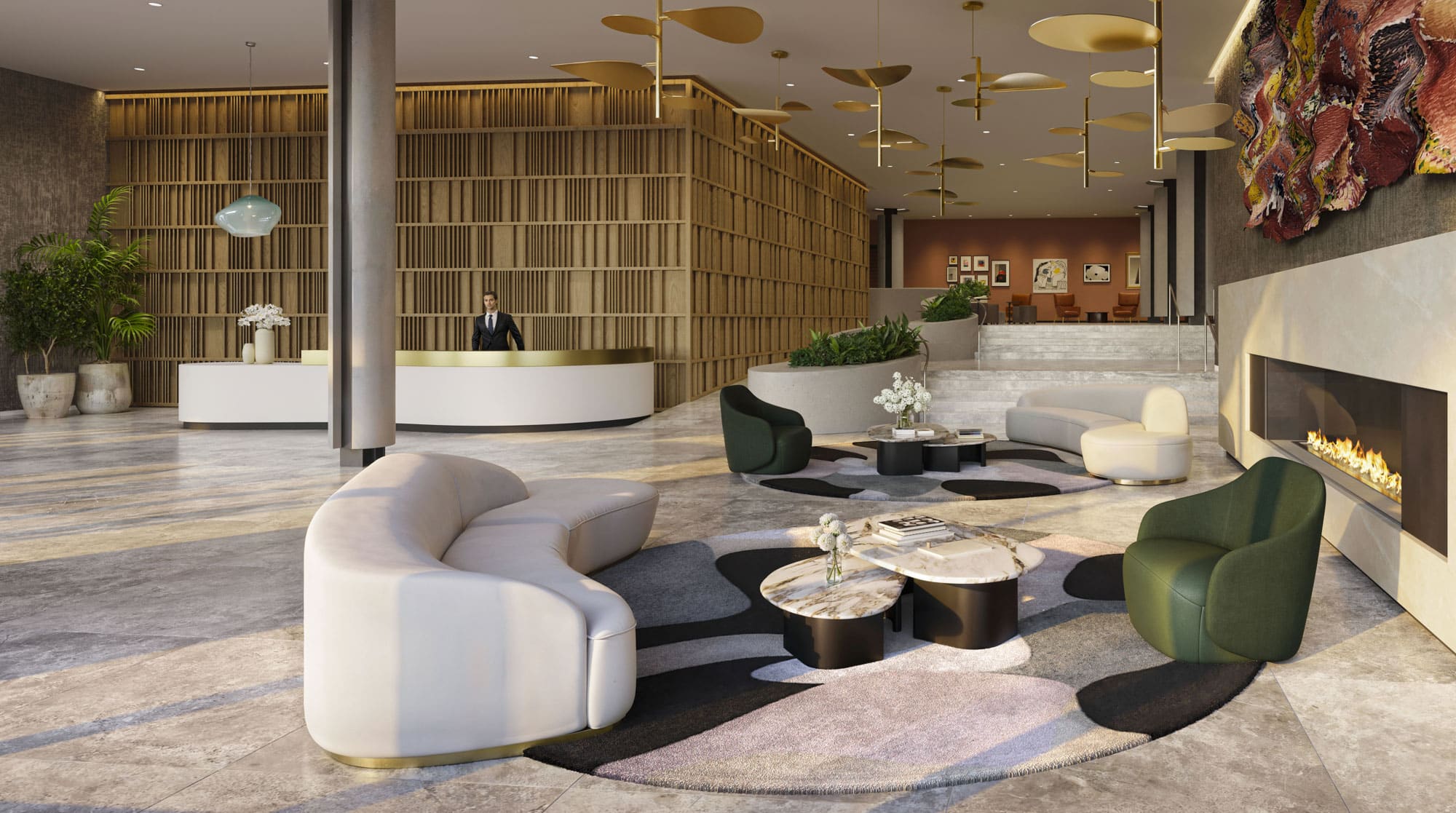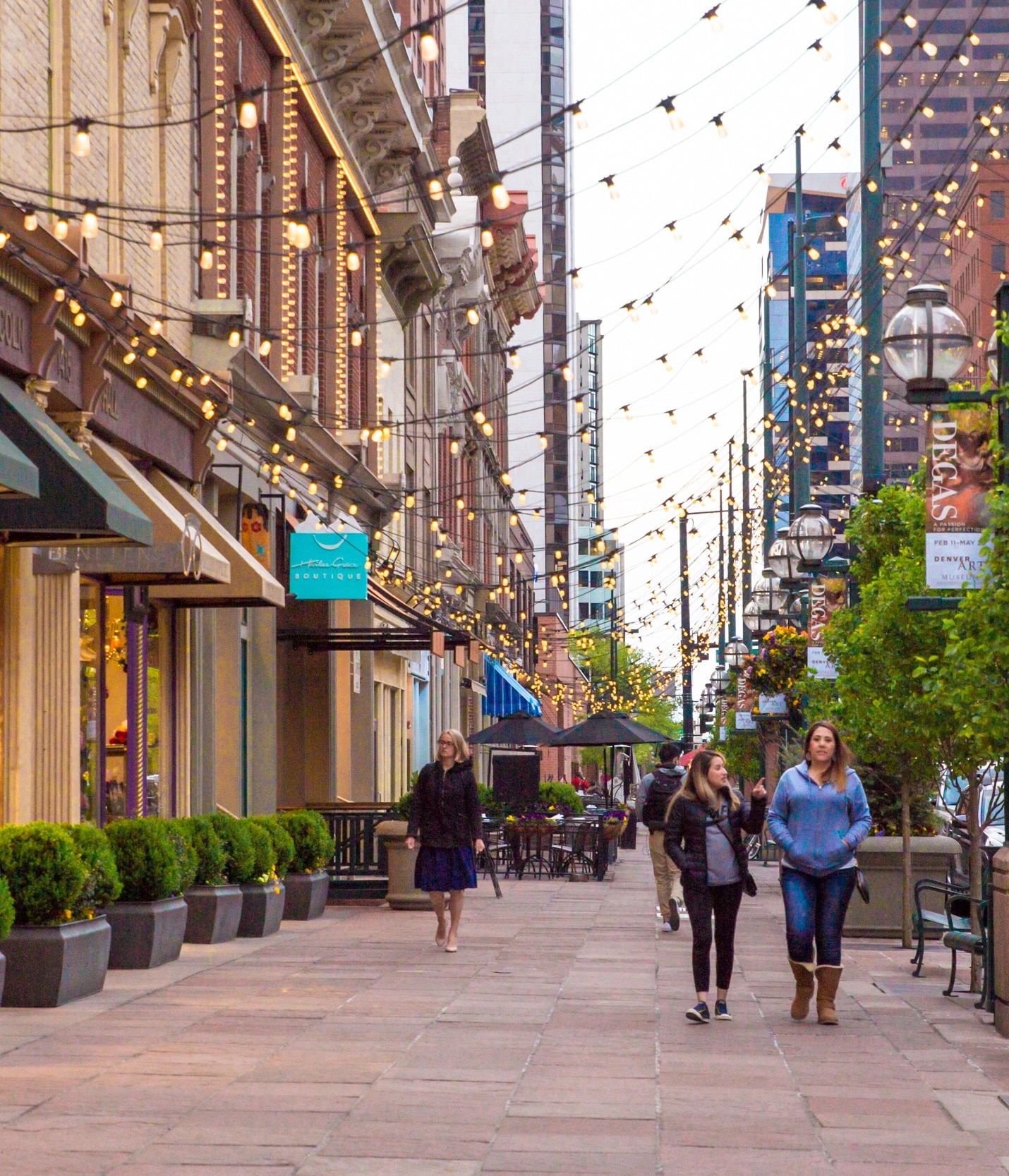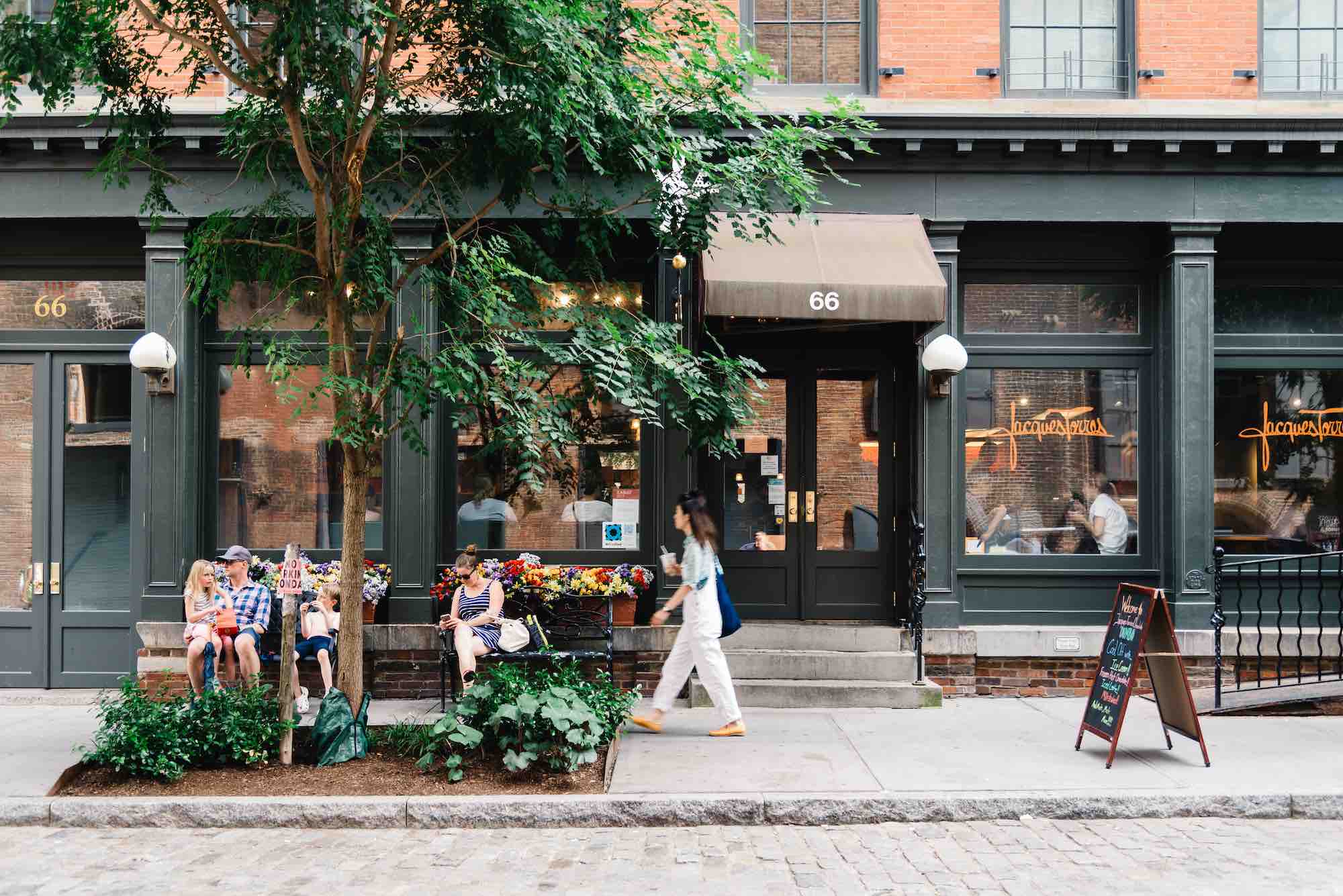The past year has witnessed a severe housing shortage across the country. Under the impacts of the COVID pandemic, supply chain challenges and labor shortage have significantly dragged down housing inventory and pushed up the sales prices. On the bright side, some companies and organizations have started exploring innovative approaches to address the national housing crunch. This includes the possibility of using 3D printing technologies to construct residential communities, which may prove to be a viable alternative to alleviate the housing shortage in the future.
Why 3D Printing Construction?
3D printing is believed to be equipped with multiple significant advantages compared with traditional construction methods. The technology depends on giant printers to pipe out and overlay concrete mix, which requires less manual labor. 3D printing is also considered more sustainable as it produces less waste material during the construction process and ultimately produces more energy efficient housing. Based on the current technology, 3D printing is able to reduce total building cost by 15%. Construction timelines can also be substantially shortened by 3D printing. ICON claims that their printer has the ability to print a 400 to 500 SF wall in 24 hours.
Important Projects to Monitor
In 2021, one of the first houses built via 3D printing technology in the U.S. was built in Richmond, VA. This first 3D-printed home was funded by a public-private grant developed in partnership between Virginia Center for Housing Research at Virginia Tech and Alquist 3D. The company now plans to build 200 more 3D printed homes in Pulaski and Roanoke, Virginia.
Last year, Lennar teamed up with ICON to build the world’s largest 3D printed residential community in Austin, TX. The project will include 100 residential units and was slated for groundbreaking this year.
Worldwide, 3D printing has grown beyond single-family homes, and is being applied to develop multifamily dwellings at scale. A three-floor, five-unit 3D printed apartment complex built by PERI in Bavaria, Germany welcomed its first tenants in 2021.
A Potential Solution to Housing Shortages and Affordable Housing
Given economic and housing development cycles, the traditional real estate industry is not able to keep up with growing housing demands. However, 3D construction enables housing to be developed faster with lower prices. Residents can move into a 3D-printed house 2 or 3 months after construction begins.
A 1,550 SF 3D-printed home may only cost $180,000 and sell for $220,000. These unparalleled features make homeownership more attainable for young people and families getting pushed out of the market.
3D printing is no longer an unknown concept to many consumers. Based on a survey of 3,000 people conducted by realtor.com, “two-thirds of consumers would live in a 3D-printed home,” and younger generations are more positive about this innovative technology. With Lennar’s 100-unit community delivered and more 3D printed housing projects coming online in the future, it will become more clear as to the actual marketability and demand for these innovative products.
BACK TO LATEST







